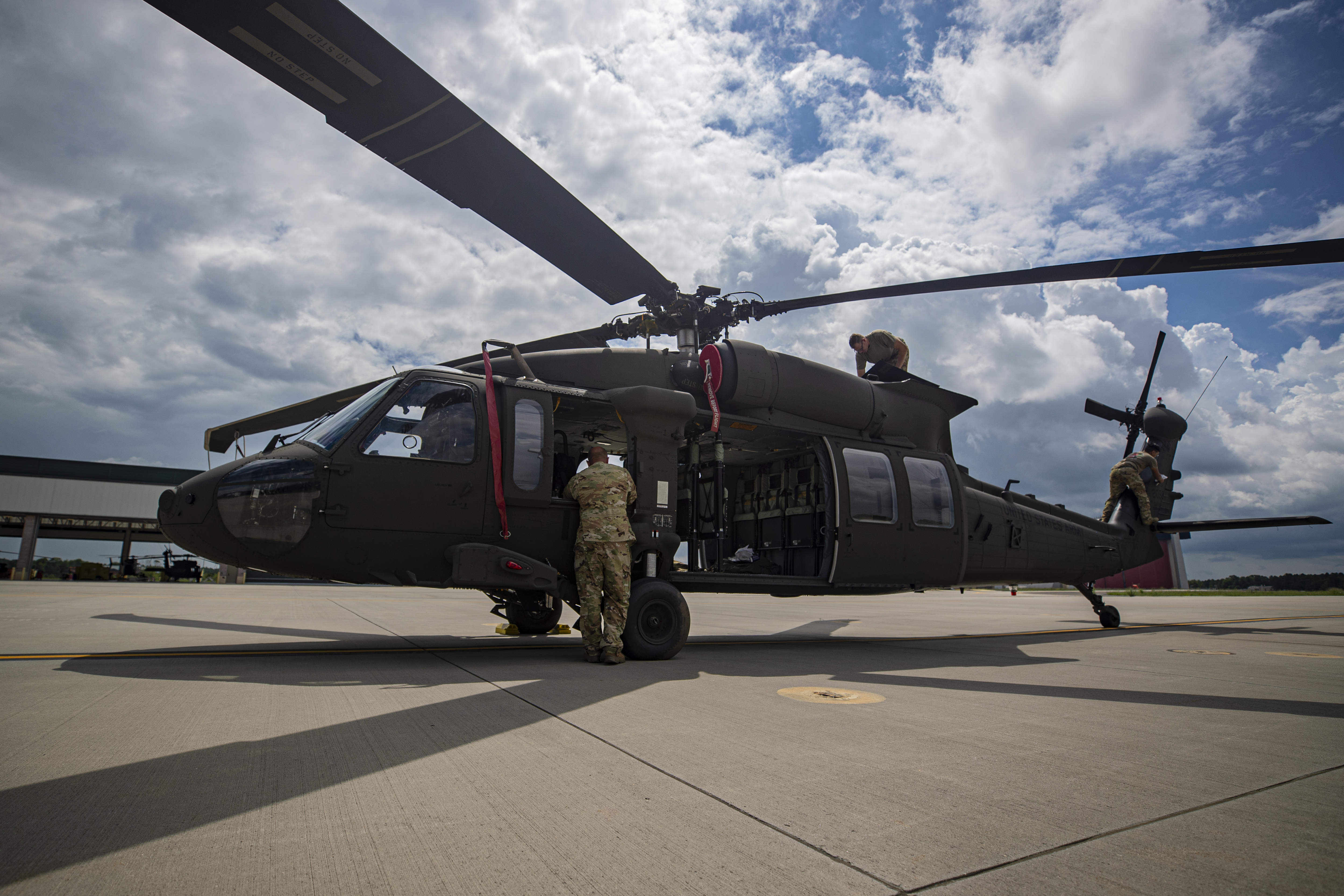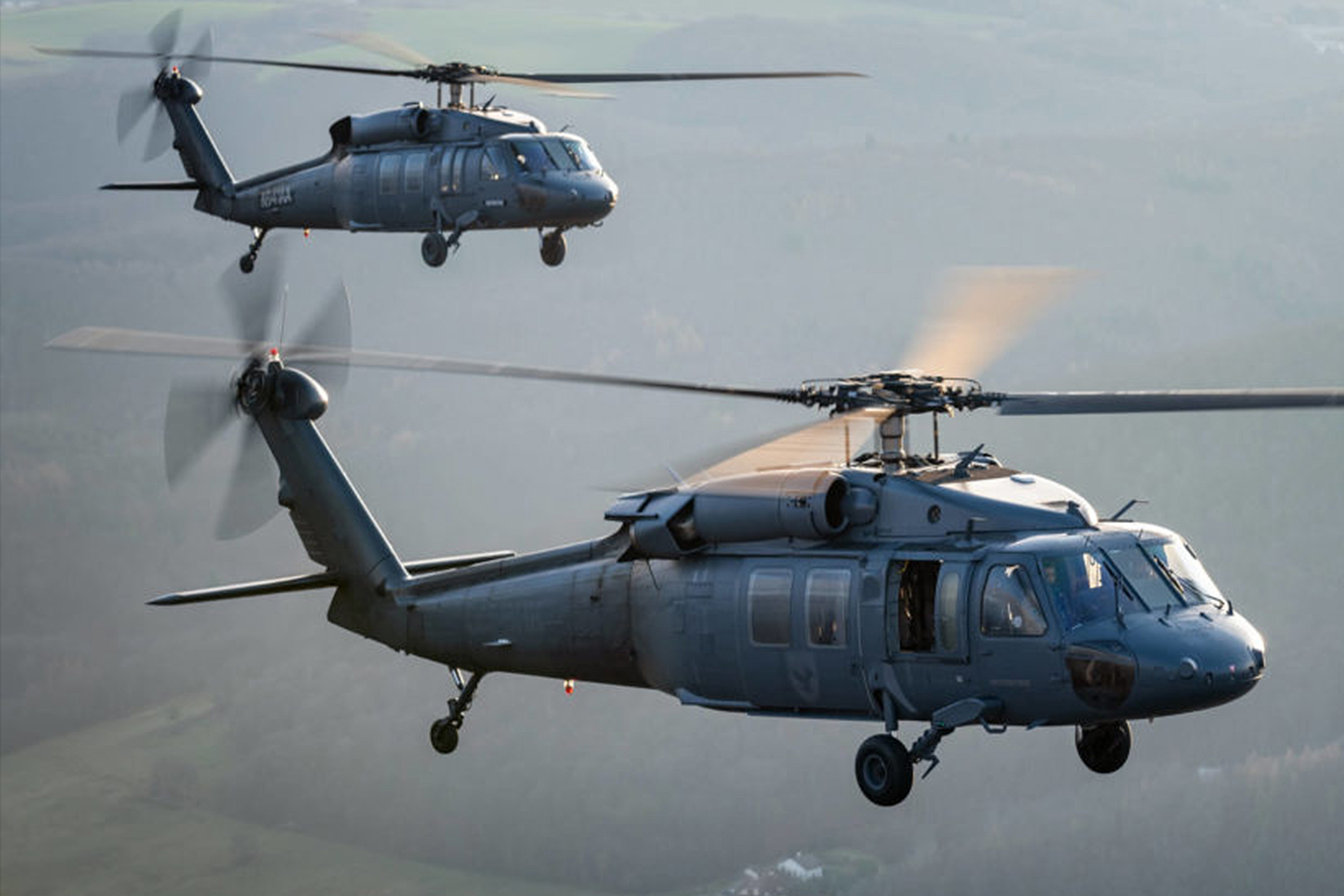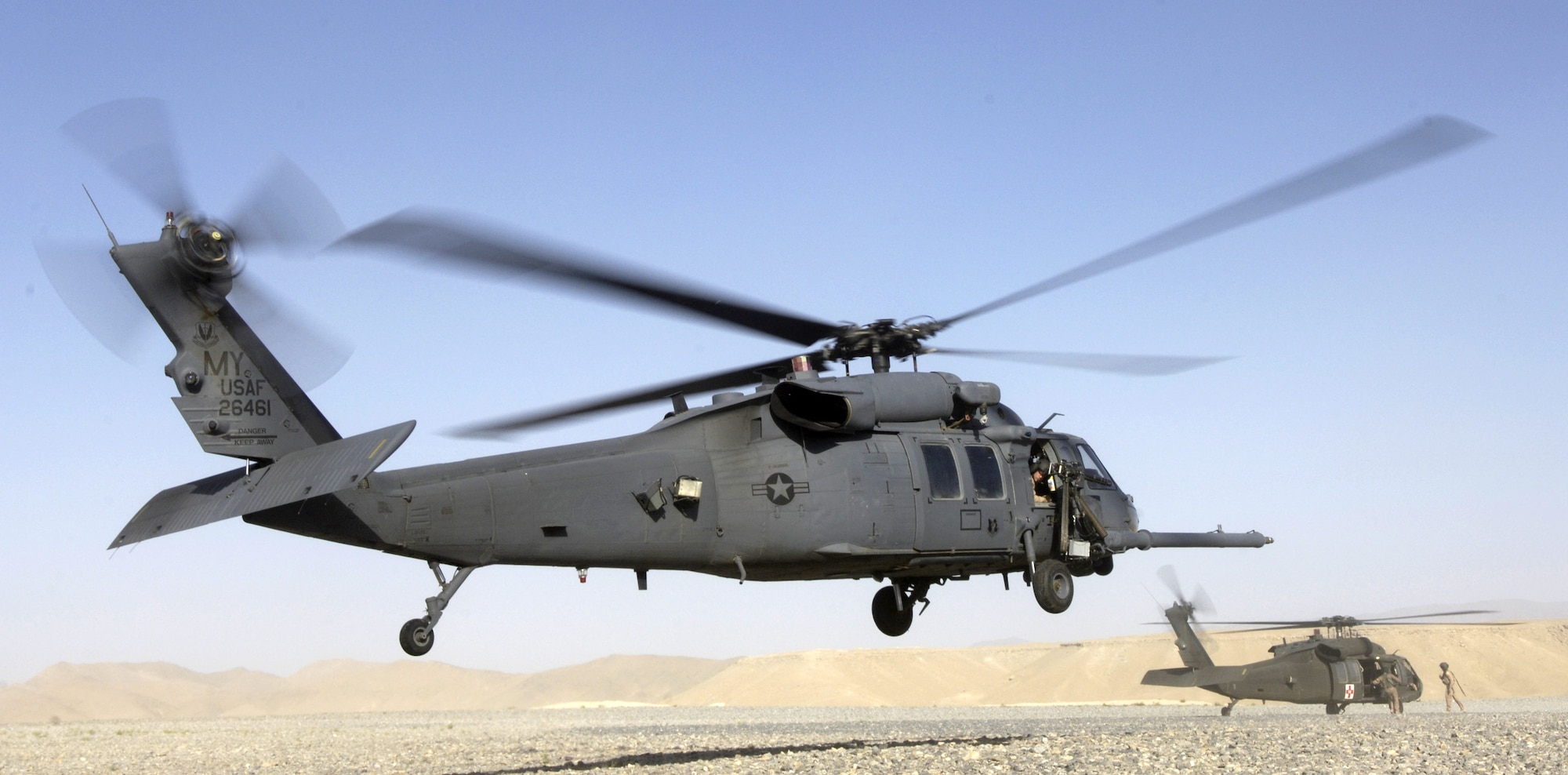UH 60 Technical Requirements and Efficiency Evaluation
UH 60 Technical Requirements and Efficiency Evaluation
Blog Article
The Impact of Sustainable Practices on the Future of Aircraft Operations and Emissions Decrease
As the aviation market encounters raising analysis over its ecological influence, the adoption of lasting methods becomes a crucial pathway toward future airplane operations and emissions decrease. Technologies in sustainable air travel fuels and innovations in hybrid propulsion technologies stand at the center of this improvement, promising substantial decreases in greenhouse gas emissions. The effective integration of these initiatives hinges on a selection of elements, including governing structures and industry partnership. The concern stays: how will these evolving practices reshape the dynamics of air travel and add to a more sustainable future?

Review of Sustainable Practices
Lasting methods in aircraft operations include a variety of approaches aimed at decreasing environmental effect while preserving functional performance. These techniques are essential in the aeronautics industry's dedication to reducing its carbon impact and sticking to global environmental criteria. Secret campaigns include maximizing flight paths to lower gas intake, enhancing maintenance procedures to guarantee airplane run at peak performance, and implementing sophisticated innovations such as winglets and lightweight products that enhance aerodynamics.

Engaging and training team on sustainability practices additionally play a vital function, cultivating a culture of environmental duty within companies. In general, the combination of these lasting methods not only assists lower emissions yet also improves the long-term feasibility of the air travel field, guaranteeing it meets the demands of both consumers and regulatory bodies while contributing to global sustainability goals.
Ingenious Fuel Alternatives
Many ingenious fuel alternatives are arising as crucial services to decrease the air travel market's reliance on standard fossil gas. Amongst these options, Sustainable Air travel Fuels (SAFs) have acquired considerable attention due to their potential to decrease lifecycle greenhouse gas emissions by approximately 80% compared to standard jet gas. SAFs are originated from various feedstocks, consisting of waste oils, farming deposits, and also algae, making them a versatile alternative for the sector.
An additional appealing option is hydrogen fuel, which, when made use of in gas cells, creates only water vapor as a byproduct. This zero-emission possible presents a substantial chance for decarbonizing trip operations, particularly for short-haul trips and local airplane. Furthermore, electric propulsion systems are being discovered, leveraging battery modern technology to power airplane. While present battery capability limitations variety and payload, ongoing innovations might quickly render electrical trips practical for specific applications - uh 60.
Last but not least, biofuels stemmed from biomass are being examined, supplying a sustainable option that can be mixed with typical fuels. Jointly, these ingenious fuel choices stand for a vital step towards accomplishing a lasting aviation ecological community, aligning with international emissions decrease targets and enhancing the market's environmental stewardship.
Technical Developments in Aeronautics

Exactly how can technological innovations reshape the future of aeronautics? The integration Discover More of cutting-edge modern technologies is pivotal in changing airplane procedures, improving effectiveness, and decreasing exhausts. Innovations such as electric and hybrid propulsion systems are at the center, promising considerable reductions in fuel usage and greenhouse gas exhausts. These systems utilize innovations in battery modern technology and energy monitoring, allowing aircraft to operate with a lower environmental impact.
Additionally, the execution of sophisticated materials, such as light-weight composites, adds to improved the rules of aerodynamics and fuel efficiency. Using expert system and artificial intelligence in flight procedures maximizes path preparation and minimizes fuel melt by Recommended Site enabling real-time adjustments based upon weather and web traffic conditions. In addition, the growth of self-governing and remotely piloted aircraft systems stands to reinvent freight and passenger transport, potentially enhancing effectiveness while reducing human mistake.
Furthermore, sustainable aeronautics innovations, including sophisticated air traffic monitoring systems, can minimize and enhance procedures blockage, leading to lower discharges during flight. These innovations jointly stand for a standard shift in aviation, assuring a future where sustainability and operational performance are linked, therefore sustaining the sector's commitment to lowering its environmental influence.

Regulatory Structure and Conformity
Due to the expanding focus on environmental stewardship within the aviation field, the regulatory framework governing aircraft operations is evolving to advertise sustainable methods. Regulative bodies, such as the International Civil Aviation Company (ICAO) and different nationwide aeronautics authorities, are introducing strict standards targeted at decreasing exhausts and improving functional efficiency.
These guidelines often consist of the fostering of Lasting Air travel Fuel (SAF), which has been identified as an essential element in achieving lower carbon impacts. Compliance with these policies calls for airline companies to execute sophisticated modern technologies and functional practices, such as optimized flight paths and enhanced air traffic monitoring, to minimize fuel usage.
Additionally, the enforcement of exhausts trading systems and carbon countering efforts is coming to be increasingly common, engaging airlines to keep track of and report their exhausts precisely. Non-compliance can cause significant fines, thus pushing drivers additional hints to prioritize sustainability in their organization models.
Eventually, the evolving governing landscape not just drives innovation and investment in eco-friendly technologies yet also fosters a culture of liability within the air travel market. As these structures remain to create, the concentrate on sustainable methods will certainly be integral to attaining the sector's long-lasting ecological objectives.
Future Trends in Aircraft Workflow
As the air travel industry adapts to a progressively stringent regulative environment, future patterns in airplane procedures are established to concentrate on ingenious options that further enhance sustainability and effectiveness - uh 60. Key developments will likely include the fostering of innovative air website traffic management systems, which utilize real-time information and synthetic intelligence to optimize flight paths, decreasing fuel usage and discharges
An additional considerable trend is the enhanced integration of lasting aeronautics gas (SAFs) These choices to conventional jet gas, originated from eco-friendly resources, can dramatically lower lifecycle greenhouse gas discharges. The sector's commitment to SAFs will likely increase as airlines work together with gas producers to make certain schedule and cost-effectiveness.
Furthermore, the push towards electrification and hybrid propulsion systems is obtaining energy. Arising aircraft designs will integrate these innovations, using quieter and much more efficient operations, especially for short-haul flights.
Final Thought
To conclude, the combination of lasting techniques in aircraft operations holds significant capacity for exhausts reduction and improved efficiency. The fostering of lasting aviation gas, coupled with innovations in electric and hybrid propulsion systems, is crucial for minimizing lifecycle greenhouse gas exhausts. Additionally, optimizing flight courses and accepting innovative modern technologies add to a quieter and a lot more ecologically pleasant aviation sector. Collectively, these efforts straighten with global sustainability objectives and lead the way for a greener future in aviation.
Developments in sustainable air travel gas and developments in hybrid propulsion technologies stand at the center of this change, encouraging substantial reductions in greenhouse gas discharges.Various cutting-edge gas options are arising as critical remedies to reduce the aviation industry's dependence on conventional fossil gas - uh 60. Amongst these alternatives, Lasting Aeronautics Gas (SAFs) have actually gained substantial focus due to their prospective to decrease lifecycle greenhouse gas emissions by up to 80% compared to standard jet gas.An additional substantial pattern is the raised assimilation of sustainable aeronautics fuels (SAFs) The fostering of lasting aviation fuels, coupled with developments in electrical and hybrid propulsion systems, is crucial for decreasing lifecycle greenhouse gas discharges
Report this page